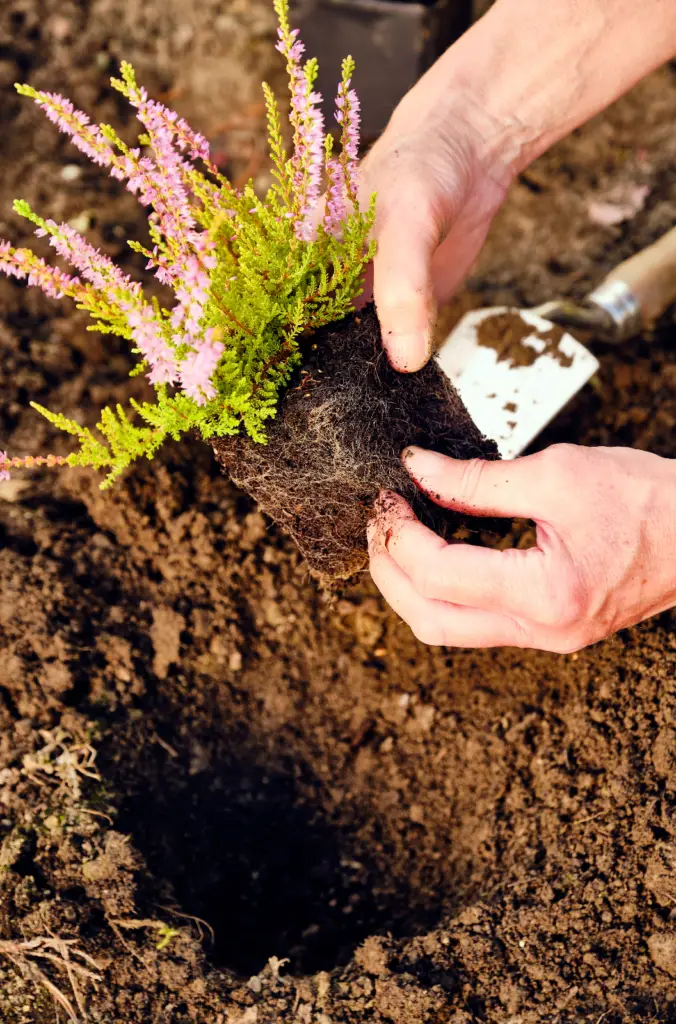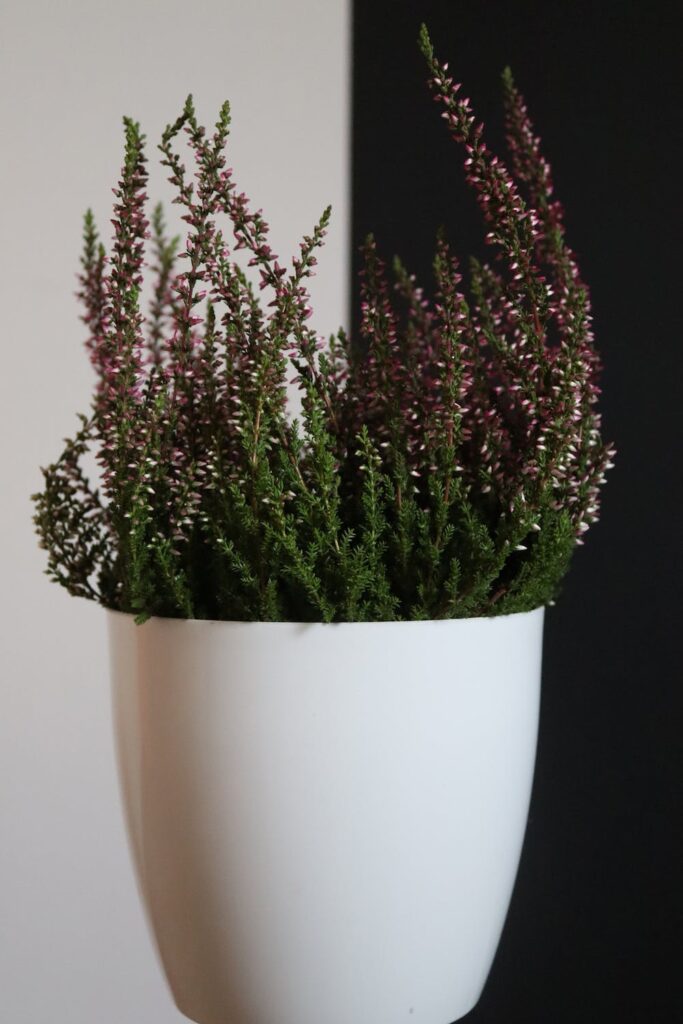Heather plants, with their vibrant colours and delicate blooms, bring a touch of natural beauty to any indoor space. Traditionally known for their outdoor cultivation, heathers can also thrive as indoor plants when provided with the right conditions. Whether you live in an apartment or simply want to bring a touch of the Scottish Highlands into your home, this article will serve as a comprehensive guide to growing heather plants indoors. We’ll explore the benefits of indoor cultivation, discuss the types of heather plants suitable for indoor growth, outline the ideal growing conditions, and provide essential care tips for a successful heather garden inside your home.

Table of Contents
Benefits of Indoor Heather Cultivation
Growing heather plants indoors offers several advantages. Firstly, it allows individuals living in urban areas or regions with unfavorable climates to experience the beauty and charm of these plants. Additionally, heathers are relatively low-maintenance and can adapt well to indoor environments. They also help purify indoor air by removing toxins and releasing oxygen, contributing to a healthier living space. Lastly, cultivating heathers indoors provides an opportunity for creative and unique décor, as their colorful foliage and delicate flowers can be showcased in various arrangements.
Selecting the Right Heather Plants
Before starting your indoor heather garden, it is crucial to choose suitable plant varieties. While many heather species exist, some are better suited for indoor growth due to their compact size and tolerance to lower light conditions. Erica carnea (Winter Heath) and Erica gracilis (Irish Heath) are two popular choices that can thrive indoors. These cultivars display beautiful blossoms in shades of pink, white, and purple and are well-adapted to container gardening.
Creating the Ideal Growing Conditions
Heathers require specific environmental conditions to thrive indoors. Here’s what you need to consider:
Light
Heather plants prefer bright but indirect light. Place them near a south-facing window where they can receive a few hours of morning or evening sun. Alternatively, supplement natural light with full-spectrum grow lights to ensure they receive adequate illumination.
Temperature and Humidity
Heather plants prefer cooler temperatures between 60-70°F (15-21°C). Avoid exposing them to drafts or excessively warm areas. Maintain a humidity level around 40-50% by using a humidifier or placing a tray of water near the plants.
Soil and Drainage
Heather plants thrive in acidic soil with a pH between 4.5-6.0. Use a well-draining potting mix specifically formulated for acid-loving plants. A mix of peat moss, perlite, and sand can provide the necessary drainage while retaining moisture.
Essential Care Tips
To ensure healthy growth and vibrant blooms, heather plants require regular care and attention. Here are some crucial care tips to follow:
Watering and fertilisation
Maintain a consistent moisture level in the soil by watering when the top of the soil feels dry. Use room-temperature, preferably rainwater or distilled water to avoid hard water deposits. Avoid overwatering, as heathers are susceptible to root rot. Apply a slow-release, acid-loving fertiliser in spring and early summer. Follow the instructions on the fertiliser package for dosage and frequency. Avoid fertilising during the dormant winter months.
Pruning
Prune heathers after flowering to promote bushier growth and maintain their shape. Trim back any dead or leggy stems to encourage new growth.
Pests and Diseases
Monitor your plants regularly for pests such as aphids or spider mites. If you notice any infestation, treat it promptly with organic insecticidal soap or neem oil. Additionally, be mindful of common diseases like powdery mildew or root rot. To prevent these issues, ensure proper air circulation, avoid overwatering, and provide adequate spacing between plants.
Repotting
As heather plants grow, they may outgrow their containers. Repot them into slightly larger pots with fresh acidic soil every 2-3 years, preferably during the spring when they enter their active growth phase.


Designing an Indoor Heather Garden
Creating an appealing indoor heather garden involves careful planning and design. Here are some ideas to inspire your indoor garden layout:
- Containers: Select attractive containers that complement the aesthetic of your space. Terracotta pots or decorative ceramic containers work well for heather plants.
- Arrangement: Consider grouping heather plants of different colors and varieties together to create visual interest. You can also combine them with other plants that share similar light and moisture requirements.
- Vertical Gardens: Use wall-mounted planters or hanging baskets to maximize space and create a vertical garden with cascading heather plants.
- Accessories: Add decorative elements like rocks, moss, or small figurines to enhance the overall appeal of your indoor garden.
Troubleshooting Common Issues
Even with proper care, heather plants may encounter occasional challenges. Here are some common issues and their solutions:
- Yellowing Leaves: Yellowing leaves can be a sign of overwatering or nutrient deficiency. Adjust your watering routine and consider applying a balanced, acid-loving fertilizer.
- Lack of Blooms: Insufficient light or improper pruning can lead to a lack of blooms. Ensure your heathers receive enough bright, indirect light and prune them after flowering to encourage new growth.
- Leggy Growth: Leggy growth occurs when plants don’t receive enough light. Move your heathers to a brighter location or provide supplemental grow lights to promote compact, bushy growth.
Conclusion
With their captivating blooms and unique foliage, heather plants can bring a touch of natural beauty to any indoor space. By selecting the right varieties, creating ideal growing conditions, and providing consistent care, you can successfully cultivate these charming plants indoors. Whether you’re a seasoned gardener or a beginner, growing heather plants indoors offers an opportunity to connect with nature and create a stunning display of colour and texture in your home.
